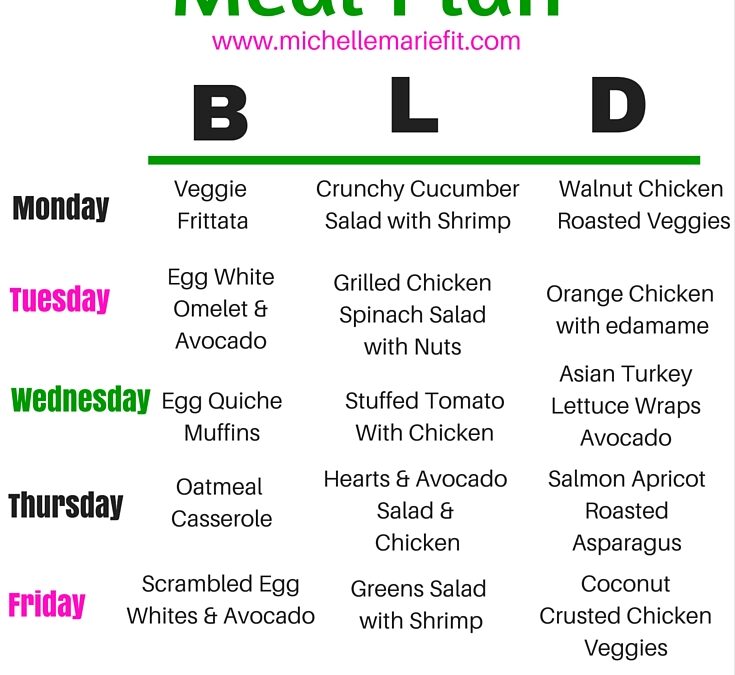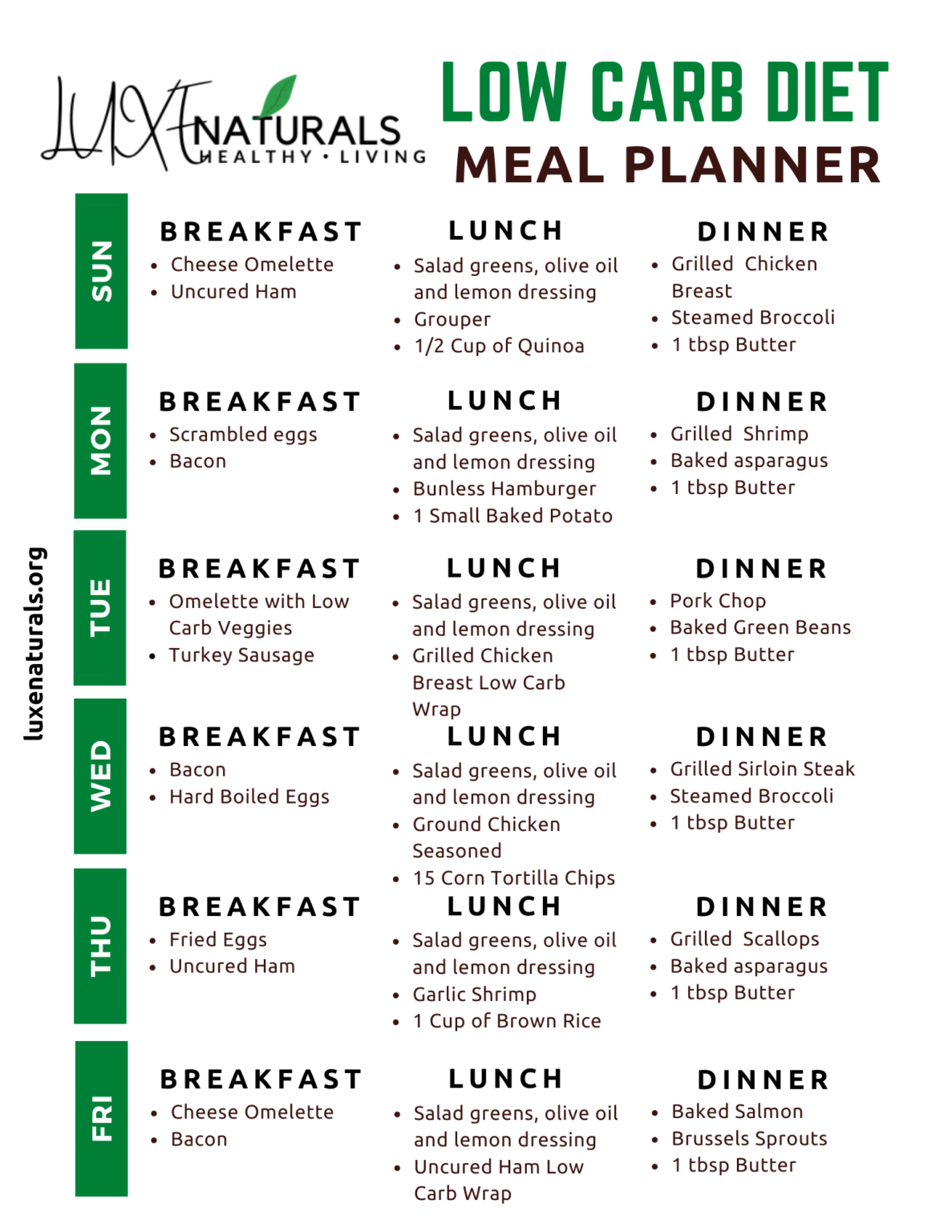
Low-Carb Diet Plans For Weight Loss: A Comprehensive Guide
Low-Carb Diet Plans for Weight Loss: A Comprehensive Guide
Related Articles
- Unleash Your Inner Athlete: Mastering The Full-Body Workout
- Creating Your Dream Home Gym: Big Secret Tips And Tricks For A Fitness Paradise
- Fitness Journeys For Busy Schedules: Unlocking Your Potential In The Chaos
- Unleashing The Power Of Protein: A Comprehensive Guide To High-Protein Diets For Fitness
- Unveiling The Secrets: Finding And Mastering The Best Gyms For Weightlifting
Introduction
Dive into the best practices for your fitness journey, focusing on Low-Carb Diet Plans for Weight Loss: A Comprehensive Guide
Low-Carb Diet Plans for Weight Loss: A Comprehensive Guide

The quest for effective weight loss strategies is a constant pursuit for many. Among the various approaches, low-carb diets have consistently gained popularity, promising significant weight loss and improved health markers. However, navigating the world of low-carb eating can be confusing, with numerous variations and potential pitfalls. This comprehensive guide delves into the intricacies of low-carb diet plans for weight loss, providing valuable insights and practical tips to help you achieve your goals safely and effectively.
1. Understanding the Science Behind Low-Carb Diets
The core principle of a low-carb diet lies in significantly reducing carbohydrate intake, forcing the body to switch its primary fuel source from glucose (derived from carbohydrates) to fat. This metabolic shift, known as ketosis, leads to several beneficial effects:
- Fat Burning: When carbohydrate intake is restricted, the body begins breaking down stored fat into ketones, which serve as an alternative energy source. This process leads to weight loss.
- Appetite Suppression: Low-carb diets often result in decreased hunger and increased satiety, making it easier to stick to the plan and avoid overeating. This is partly due to hormonal changes and the satiating nature of high-fat foods often consumed on these diets.
- Improved Insulin Sensitivity: By reducing carbohydrate consumption, insulin levels stabilize, improving insulin sensitivity. This is crucial for managing conditions like type 2 diabetes and metabolic syndrome.
- Reduced Inflammation: Some studies suggest that low-carb diets can reduce inflammation in the body, contributing to overall health improvements.
However, it’s crucial to understand that not all low-carb diets are created equal. The degree of carbohydrate restriction, the types of carbohydrates allowed, and the overall macronutrient composition vary significantly.

2. Different Types of Low-Carb Diet Plans
Several variations of low-carb diets exist, catering to different preferences and needs:
- Ketogenic Diet (Keto): This is the strictest form, typically limiting carbohydrate intake to 20-50 grams per day. It emphasizes high-fat and moderate-protein intake, pushing the body into a state of deep ketosis.
- Atkins Diet: This diet follows a phased approach, starting with a very low-carb phase and gradually increasing carbohydrate intake as weight loss progresses.
- Low-Carb, High-Fat (LCHF) Diet: This is a broader category encompassing various diets that prioritize fat intake while significantly reducing carbohydrates. The level of carbohydrate restriction can vary.
- Modified Low-Carb Diet: This approach allows for a slightly higher carbohydrate intake compared to keto, offering more flexibility and potentially easing the transition. This might be a better option for individuals who find strict keto too restrictive.
Choosing the right diet depends on individual factors, including health conditions, preferences, and lifestyle. Consulting a healthcare professional or registered dietitian is recommended before starting any low-carb diet, especially if you have pre-existing health conditions.
3. Creating Your Personalized Low-Carb Meal Plan
Developing a personalized low-carb meal plan requires careful planning and consideration of your individual needs and preferences. Here’s a step-by-step guide:
- Determine Your Carbohydrate Target: Based on the chosen diet (keto, Atkins, LCHF, etc.), establish your daily carbohydrate limit.
- Prioritize Healthy Fats: Include sources like avocados, olive oil, nuts, seeds, and fatty fish.
- Choose Lean Protein Sources: Opt for chicken breast, fish, lean beef, eggs, and legumes (in moderation for some plans).
- Select Low-Carb Vegetables: Leafy greens, broccoli, cauliflower, and asparagus are excellent choices.
- Limit Processed Foods: Avoid sugary drinks, processed snacks, and refined grains.
- Track Your Macronutrients: Using a food tracking app can help you monitor your carbohydrate, protein, and fat intake.
- Stay Hydrated: Drink plenty of water throughout the day.
- Plan Your Meals: Preparing meals in advance can prevent impulsive unhealthy food choices.
Remember, consistency is key. Sticking to your meal plan as much as possible will yield the best results.
4. Progression of a Low-Carb Diet: Tips and Tricks
Successfully navigating a low-carb diet requires a strategic approach. The initial phase can be challenging, but with the right techniques, you can overcome hurdles and achieve long-term success:
- Gradual Transition: Don’t drastically cut carbs overnight. Gradually reduce your intake over several days or weeks to minimize side effects like headaches, fatigue, and constipation.
- Electrolyte Balance: Pay close attention to electrolyte intake (sodium, potassium, magnesium). Ketosis can lead to electrolyte imbalances, so consider electrolyte supplements or consuming electrolyte-rich foods.
- Fiber Intake: Focus on consuming plenty of fiber from low-carb vegetables to prevent constipation.
- Mindful Eating: Pay attention to your hunger and fullness cues. Avoid emotional eating.
- Regular Exercise: Combine your low-carb diet with regular physical activity for optimal weight loss and health benefits.
- Address Potential Side Effects: Be prepared for potential side effects like the "keto flu" (headaches, fatigue, nausea) in the initial stages. These usually subside within a few days.
- Listen to Your Body: Pay attention to how your body responds to the diet and adjust accordingly. If you experience any adverse effects, consult your doctor.
- Find Support: Joining online communities or working with a registered dietitian can provide valuable support and guidance.
- Long-Term Sustainability: Don’t view a low-carb diet as a temporary fix. Focus on making sustainable lifestyle changes that you can maintain long-term.
5. Addressing Potential Challenges and Side Effects
While low-carb diets offer numerous benefits, they can also present certain challenges:
- "Keto Flu": This is a common initial side effect characterized by headaches, fatigue, nausea, and constipation. It’s often caused by electrolyte imbalances and usually resolves within a few days.
- Nutrient Deficiencies: Restricting certain food groups can potentially lead to nutrient deficiencies. Supplementation may be necessary in some cases.
- Constipation: Low fiber intake can cause constipation. Increasing fiber-rich low-carb vegetables can help alleviate this.
- Social Challenges: Eating out or attending social events can be challenging when following a strict low-carb diet. Careful planning and communication are crucial.
- Sustainability: Long-term adherence to a very restrictive low-carb diet can be difficult for some individuals. Finding a sustainable approach is key.
6. Monitoring Progress and Making Adjustments
Regular monitoring is crucial for successful weight loss and overall health. Track your progress using various methods:
- Weight Measurement: Weigh yourself regularly (ideally weekly) to monitor weight loss.
- Body Composition Analysis: Consider using a body composition scale or undergoing DEXA scans to assess changes in fat mass and muscle mass.
- Blood Tests: Regular blood tests can help monitor blood glucose levels, cholesterol levels, and other important markers.
- Progress Photos: Taking progress photos can provide a visual representation of your weight loss journey.
- Non-Scale Victories: Focus on other positive changes, such as improved energy levels, better sleep, and reduced inflammation.
If your weight loss plateaus or you experience any adverse effects, adjust your diet accordingly. Consult a healthcare professional or registered dietitian for personalized guidance.
7. Long-Term Sustainability and Maintaining Weight Loss
The ultimate goal of any weight loss plan is to maintain the achieved weight loss long-term. Transitioning from a strict low-carb diet to a more moderate approach can help with sustainability:
- Gradual Reintroduction of Carbohydrates: Slowly introduce healthy carbohydrates, such as whole grains and fruits, while monitoring your weight and blood glucose levels.
- Focus on Whole Foods: Prioritize whole, unprocessed foods, regardless of the carbohydrate content.
- Maintain Healthy Habits: Continue regular exercise, prioritize sleep, and manage stress levels.
- Listen to Your Body: Pay attention to your hunger and fullness cues and adjust your food intake accordingly.
- Seek Professional Support: Consider working with a registered dietitian or healthcare professional to develop a long-term sustainable eating plan.
Conclusion
Low-carb diets can be an effective tool for weight loss and improving various health markers. However, it’s crucial to approach them with a well-informed and personalized strategy. Choosing the right type of low-carb diet, creating a sustainable meal plan, monitoring progress, and addressing potential challenges are all vital for achieving long-term success. Remember to consult with a healthcare professional before making significant dietary changes, especially if you have any pre-existing health conditions.
Frequently Asked Questions (FAQs)
- Q: Can I eat fruit on a low-carb diet? A: The amount of fruit allowed depends on the specific diet plan. Berries are generally preferred due to their lower sugar content.
- Q: Will I experience the "keto flu"? A: Many people experience the keto flu initially, characterized by headaches, fatigue, and nausea. This is usually temporary and can be mitigated by adequate electrolyte intake.
- Q: How much protein should I consume? A: Protein intake should be moderate on a low-carb diet. Consult a dietitian for personalized recommendations.
- Q: Can I exercise on a low-carb diet? A: Yes, exercise is encouraged. However, adjust your intensity based on your energy levels, especially during the initial adaptation phase.
- Q: Is a low-carb diet suitable for everyone? A: No, it’s not suitable for everyone. Individuals with certain medical conditions should consult their doctor before starting a low-carb diet.
- Q: How long should I follow a low-carb diet? A: The duration depends on individual goals and preferences. Some people maintain it long-term, while others use it as a tool for initial weight loss and then transition to a more moderate approach.
Source URL: [Insert a relevant URL here, e.g., a link to a reputable health organization’s website discussing low-carb diets] (e.g., https://www.mayoclinic.org/healthy-lifestyle/weight-loss/in-depth/weight-loss/art-20047763)
Closure
Thank you for joining us; keep visiting for updates on Low-Carb Diet Plans for Weight Loss: A Comprehensive Guide and related topics.
Let us know your thoughts on Low-Carb Diet Plans for Weight Loss: A Comprehensive Guide in the comments below.
Keep up with our latest fitness and wellness content!



